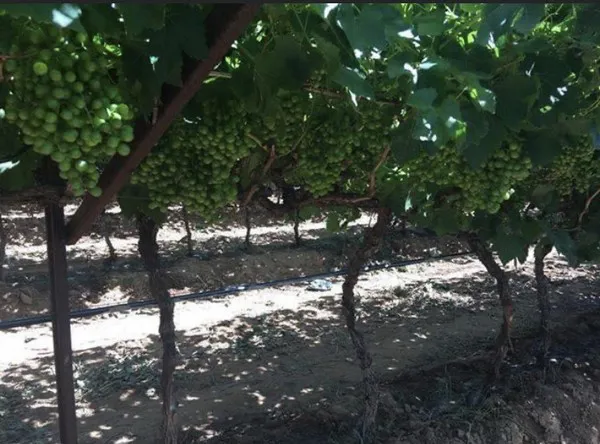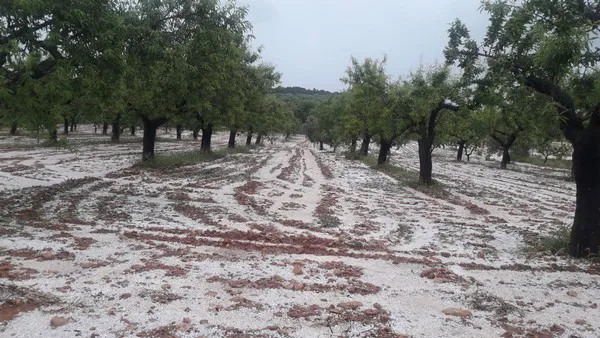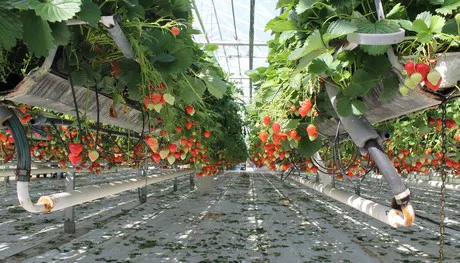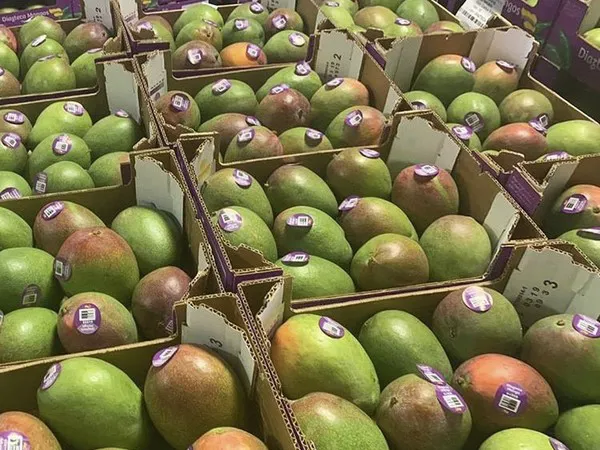In May of 2020 some of the European countries were able to leave lockdown status, bringing back some opportunities for the catering sector and the likes. It was also the month we would find out that one of the biggest trade fairs, Asia Fruit Logistica, would be postponed to November. The event would later be transformed to a virtual one.

In May the export prices of Chinese garlic continued to fall as well, supply of Peruvian avocados to Europe were rather slow, and there was a lot of pressure on the Spanish onion sales. It was predicted that Peru will have 20,000 hectares dedicated to blueberries in the next five years. Mexico was looking at its grape season with optimism. California managed to send its first shipment of cherries of the season to the mainland of China, while many US potato growers were reducing their acreage for the upcoming season.

In Spain there was some challenging weather. Hail managed to damage 6,000 hectares in the region of Valencia, of which 66% were dedicated to citrus cultivation. As the coronavirus was still affecting demand, South Africa reduced the estimates for avocado exports. Demand for Turkish produce soared, and problems in Italy and Spain could have given Turkey more opportunities this year. As Lockdowns in Europe were finally being lifted, a French wholesale market saw a 30-40% increase in revenue. In the United States the Washington cherry growers were counting down the days to harvest, while the pandemic seemed to bring out the best in people. Demand in US retail for lemons appeared to be strong and China would allow imports of blueberries from the US.

New Zealand fruit exporter Seeka sold Australian kiwifruit orchards for 26.5 million AUD. Meanwhile the problems in Italy and Spain continued, as they struggled with the stone fruits due to the weather and labor issues. The strawberry sector expected to be hit by the effects of the coronavirus, but instead they saw their sales go up by 30%. A successful citrus campaign in Australia helped to grow the export numbers. Chilean citrus managed to enter the Chinese market, which could have been even more important had there not been restrictions due to coronavirus, but still a joyful event for Chilean producers. Californian cherry growers experienced some damages from heavy rains. Meanwhile Georgian peach growers saw a strong crop for the season. Roadblocks in the mountains of Peru made getting strawberries to the US market a lot harder.

South African citrus exports to China remained strong, with demand from European markets also being extremely high. Indian scientists compared the TR4 disease with ‘covid for bananas’. In the US there was a later start and lower production for the grape season, which was expected to benefit the Mexican grape season. They would have finished before the Californian grape season started. Apple prices in Poland were up by 94%, which was attributed to the coronavirus challenges. Lemonade apples from New Zealand made their way to North America. Meanwhile the mango industry felt a shift in demand, with there being 20-25 per cent less demand due to the closure of the food industry services.
